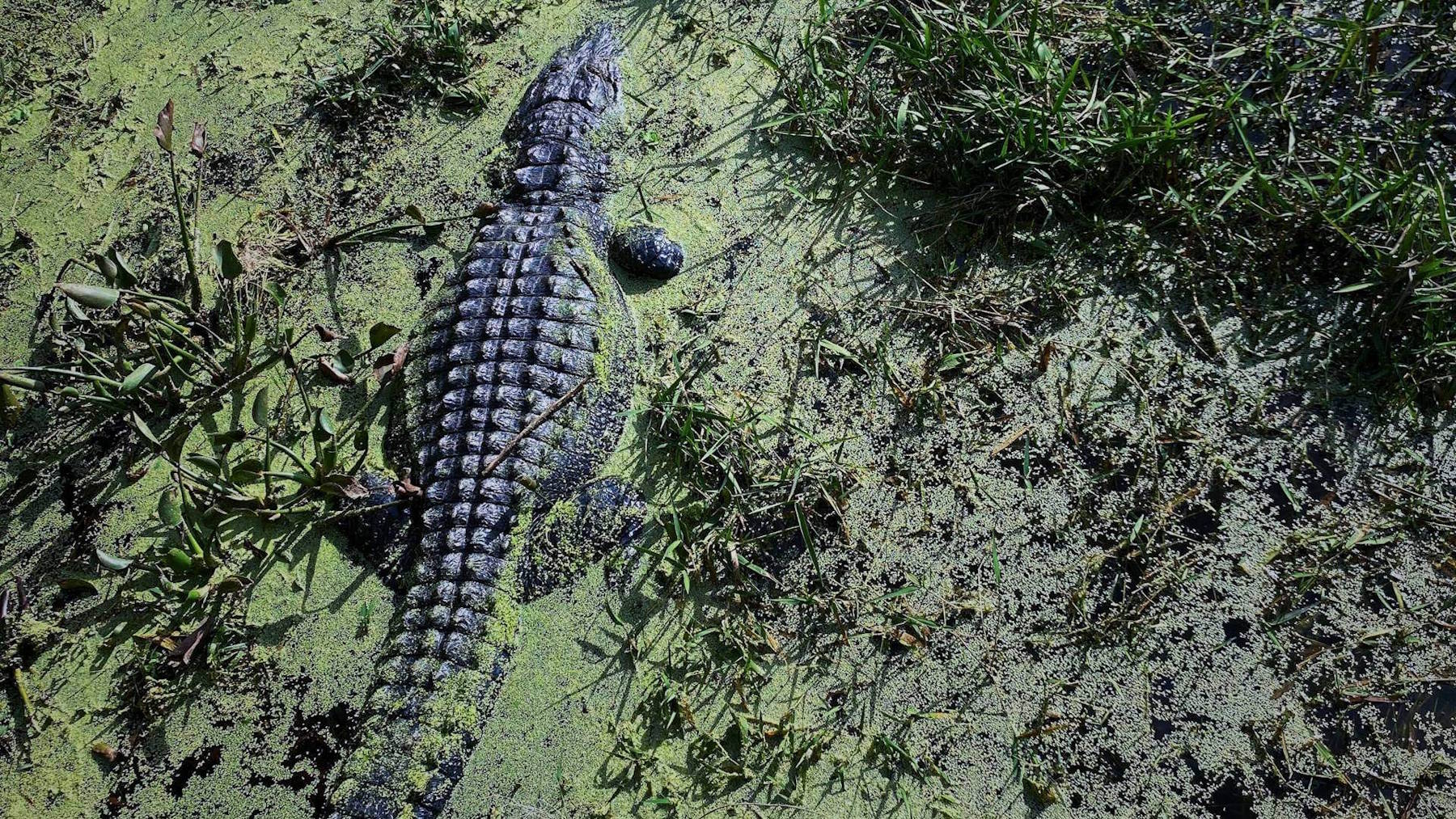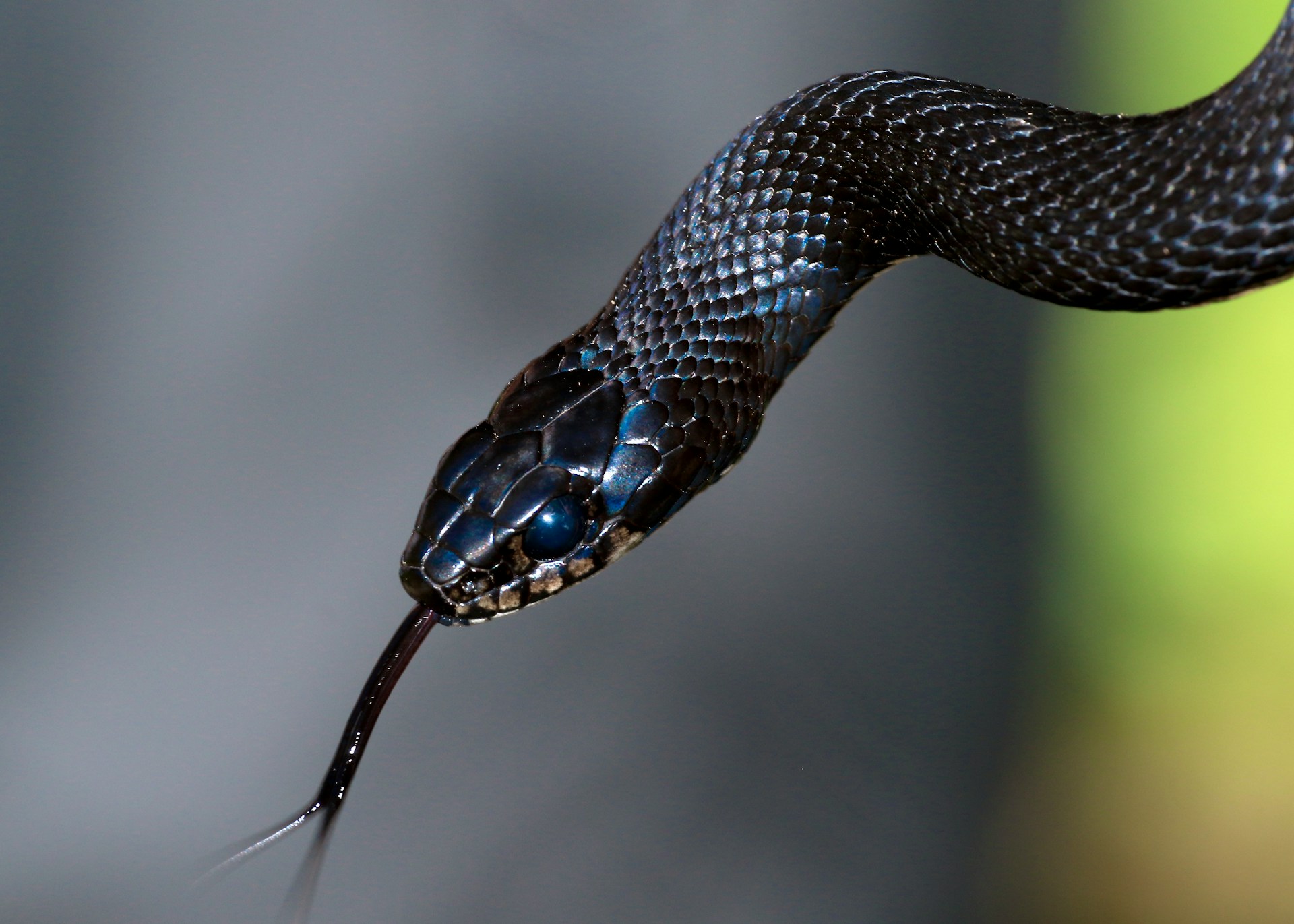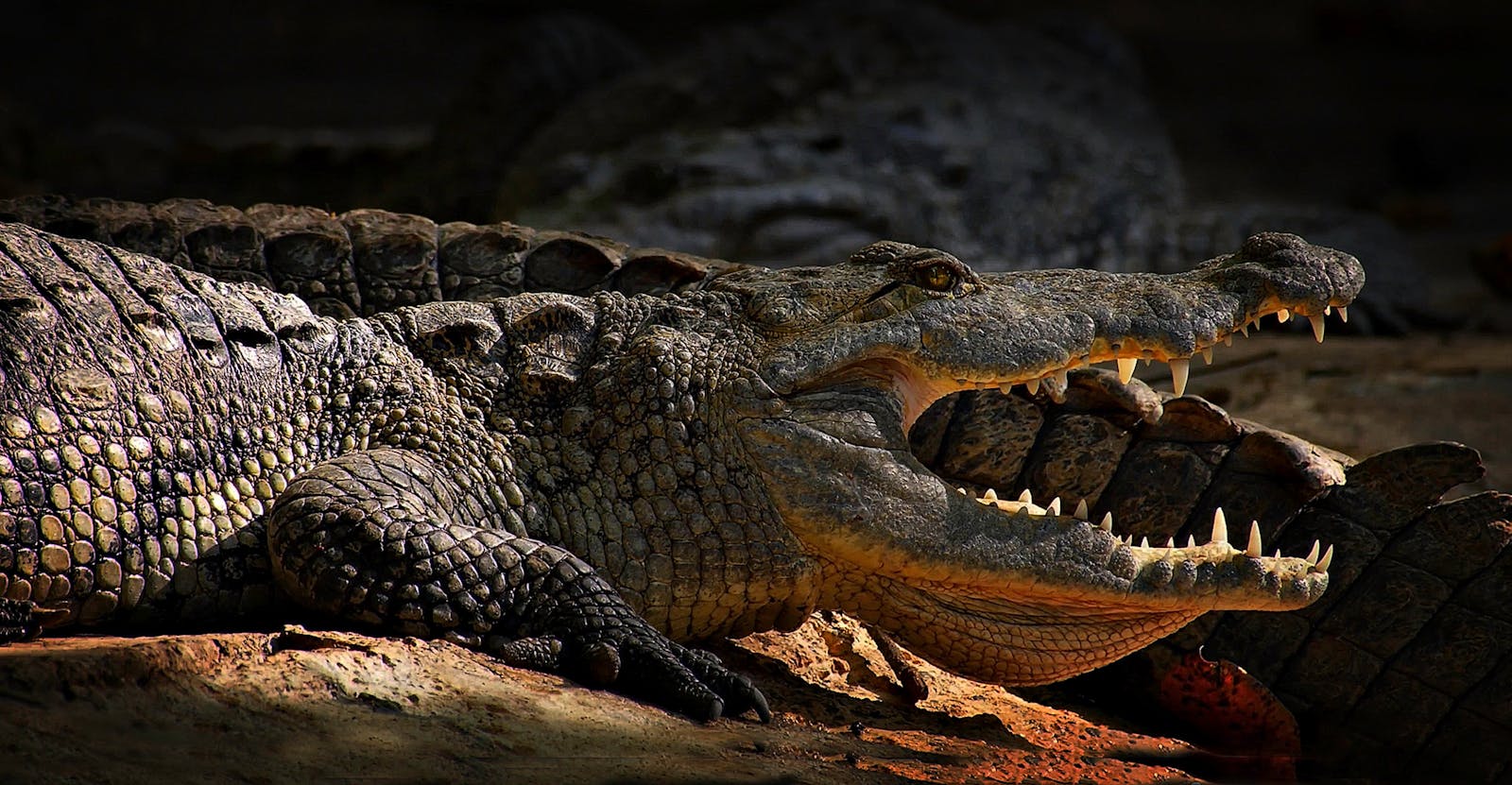Alligators, ancient predators that have survived for millions of years, typically avoid human interaction. However, when their paths cross with humans, the results can be devastating. These prehistoric reptiles possess incredible strength, lightning-fast reflexes, and powerful jaws that can exert up to 2,000 pounds of pressure per square inch.
While fatal alligator attacks remain relatively rare, with typically fewer than one death per year in the United States, certain incidents stand out for their shocking circumstances, unexpected nature, or tragic outcomes.
This article explores some of the deadliest and most notable alligator attacks ever recorded, examining the circumstances that led to these encounters and the lessons we can learn to prevent future tragedies.
The Tragic Case of Lane Graves at Disney’s Grand Floridian
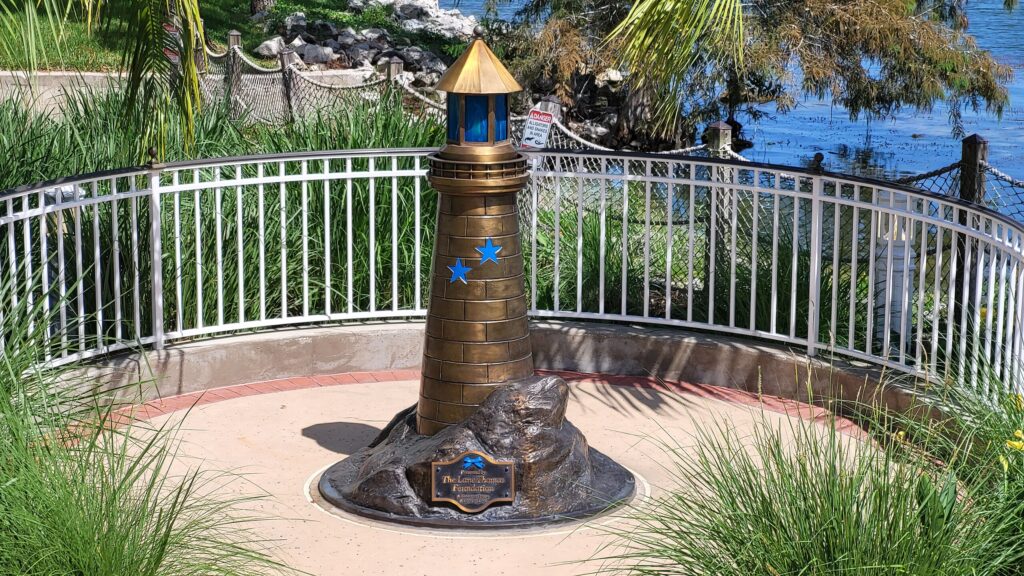
One of the most heartbreaking alligator attacks in recent memory occurred on June 14, 2016, at Disney’s Grand Floridian Resort in Orlando, Florida. Two-year-old Lane Graves was playing in shallow water at the edge of the Seven Seas Lagoon when an alligator emerged and dragged him underwater. Despite his father’s desperate attempts to fight off the alligator, the child was pulled away.
After an extensive search, Lane’s body was recovered the following day, with autopsy results confirming he died from drowning and traumatic injuries. This incident shocked the nation not only because it occurred at a world-famous resort but also because it highlighted how quickly and unexpectedly alligator attacks can happen, even in seemingly controlled environments. Following this tragedy, Disney installed warning signs and barriers around their waterways to prevent similar incidents.
Sunni Rae DeNicola’s Struggle in Florida’s Taylor Creek
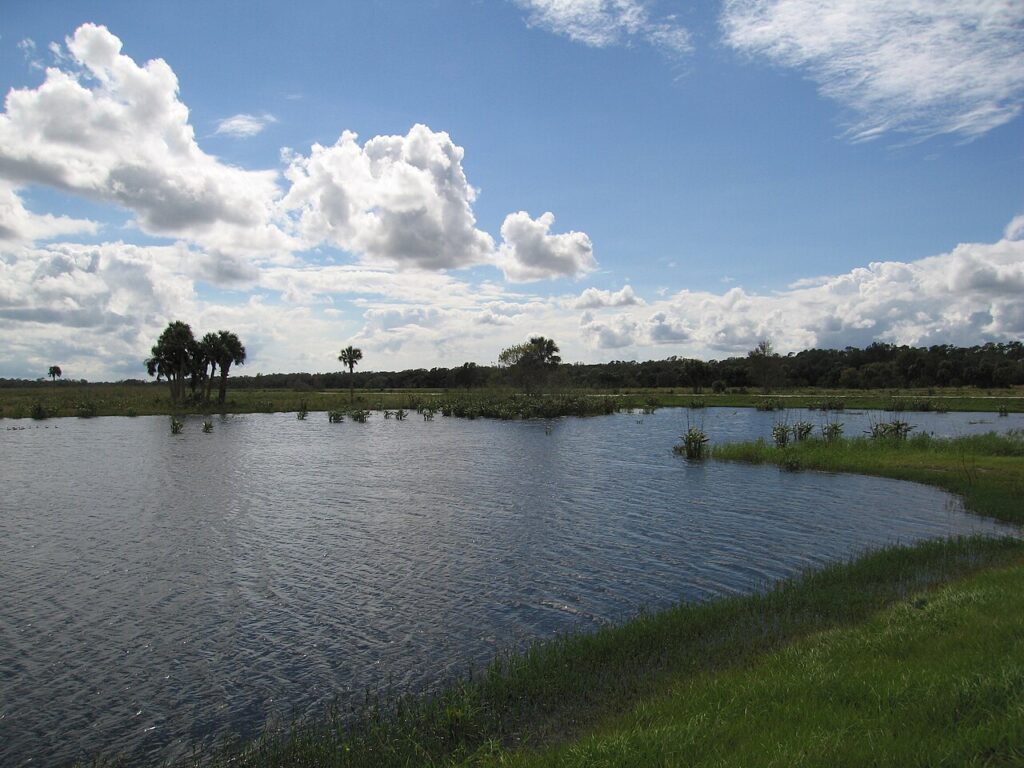
In July 2023, 85-year-old Sunni Rae DeNicola faced a horrifying ordeal when she was attacked by an alligator while walking her dog near Taylor Creek in St. Lucie County, Florida. The massive 10-foot alligator lunged from the water, dragging DeNicola down an embankment. Remarkably, she survived the attack, though she suffered severe injuries including the loss of her right arm and significant trauma to her torso and legs.
Wildlife officials later captured and euthanized the alligator responsible for the attack. DeNicola’s case stands out not only for its severity but also for her incredible will to survive despite her advanced age. This incident serves as a potent reminder about the dangers of walking near waterways in alligator territory, particularly with pets that might attract these predators.
The Fatal Attack on Cassandra Cline
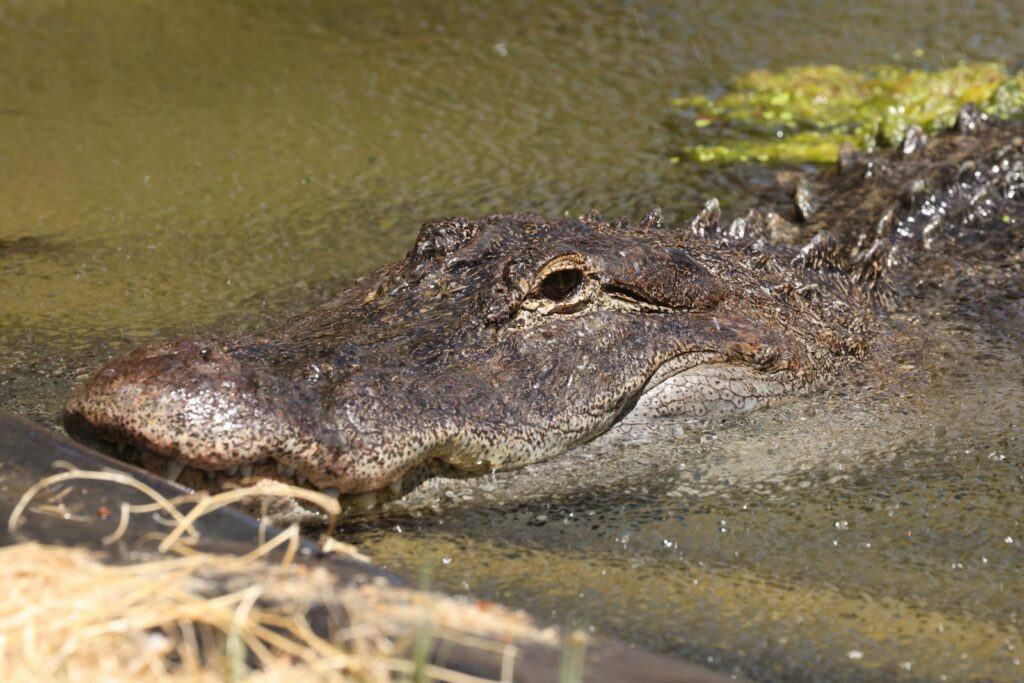
In August 2018, 45-year-old Cassandra Cline became the victim of a deadly alligator attack while walking her dog near a lagoon on Hilton Head Island, South Carolina. Witnesses reported that an 8-foot alligator initially targeted Cline’s dog, but when she attempted to protect her pet, the alligator turned on her instead. The powerful reptile dragged her into the water, resulting in her death by drowning. Ironically, her dog escaped the encounter unharmed.
This tragic incident highlights the territorial nature of alligators and how quickly a defensive action can escalate into a deadly situation. Wildlife officials later captured and euthanized the alligator involved in the attack. Cline’s death sent shockwaves through the upscale community, which had rarely experienced such wildlife conflicts despite the known presence of alligators in the area.
The Unusual Case of Matthew Riggins
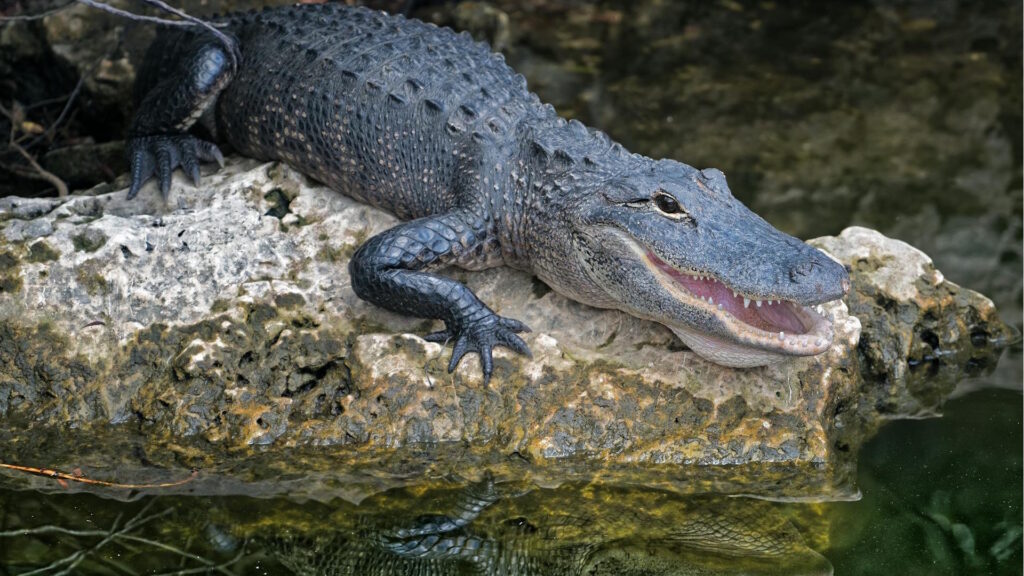
One of the most bizarre alligator-related fatalities occurred in November 2015 in Brevard County, Florida. Matthew Riggins, a suspected burglar, died after being attacked by an alligator while hiding from police in Barefoot Bay Lake. According to reports, Riggins and an accomplice were fleeing from officers after attempting to rob homes in the area. While his accomplice eventually surrendered to authorities, Riggins chose to hide in the lake, where he encountered the deadly predator.
His body was recovered days later with clear evidence of an alligator attack, and the 11-foot alligator responsible was captured and euthanized. When wildlife officials examined the alligator’s stomach contents, they found remains consistent with Riggins, confirming the cause of death. This unusual case demonstrates how alligators opportunistically prey on vulnerable individuals in their territory, regardless of the circumstances.
The Jarring Attack on Shizuka Matsuki
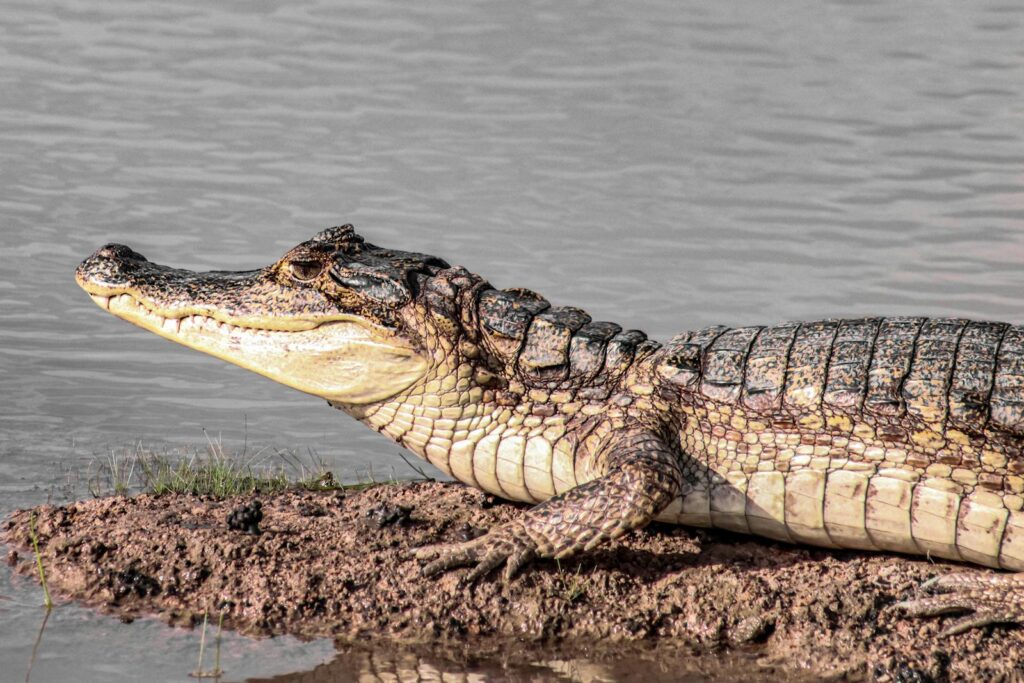
In June 2018, 47-year-old Shizuka Matsuki met a horrific end while walking her dogs near a lake at Silver Lakes Rotary Nature Park in Davie, Florida. Witnesses reported seeing Matsuki walking her dogs and then later noticing the dogs alone, barking toward the water, with one suffering a fresh injury. When authorities searched the lake, they captured a 12-foot, 6-inch alligator and made the grim discovery of Matsuki’s arm inside its stomach. Further investigation confirmed her identity through DNA testing.
This particularly disturbing case shocked the local community, especially when it was revealed that residents had previously complained about an alligator in the lake that showed no fear of humans. The incident highlights the crucial importance of reporting concerning alligator behavior to wildlife authorities before tragedy strikes.
The Deadly Night Swim of James Okkerse
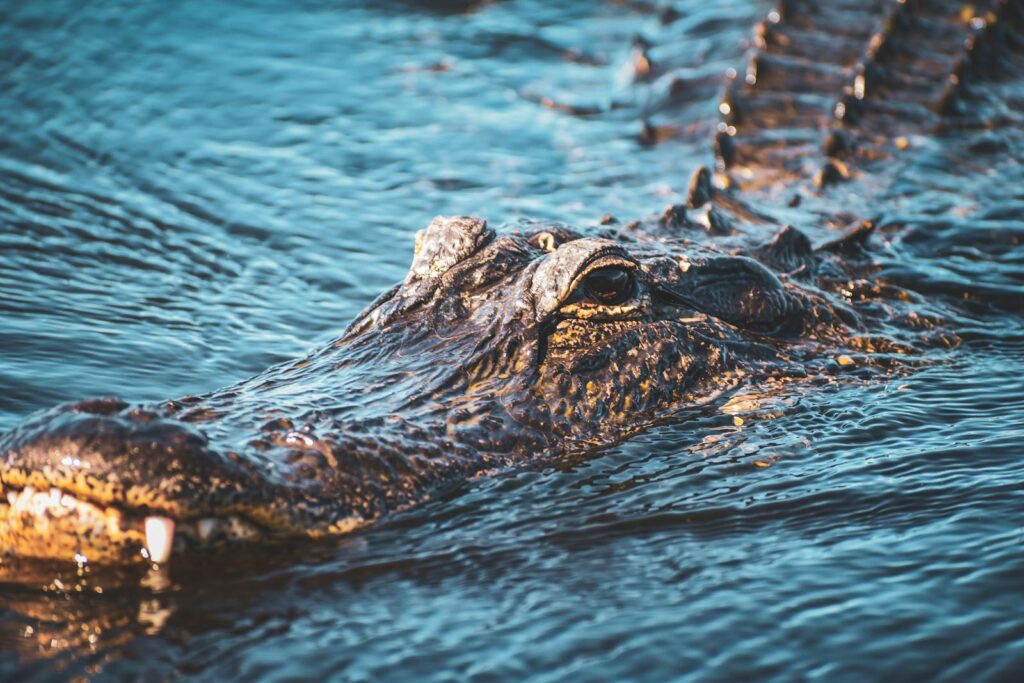
In October 2015, 61-year-old James Okkerse became Florida’s first fatal alligator attack victim in nearly eight years when he was killed while swimming in Blue Spring State Park. Okkerse, an experienced swimmer who regularly exercised in the spring, disappeared during his morning routine. After an extensive search, his body was recovered with clear signs of alligator predation. Wildlife officials subsequently captured and euthanized a 12-foot alligator believed responsible for the attack.
What makes this case particularly notable is that park visitors had reported an aggressive alligator in the area days before the attack, but officials had not yet removed the animal. Okkerse’s death serves as a somber reminder of the importance of heeding wildlife warnings and the risks associated with swimming in natural bodies of water in alligator country.
The Shocking Death of Tommie Woodward
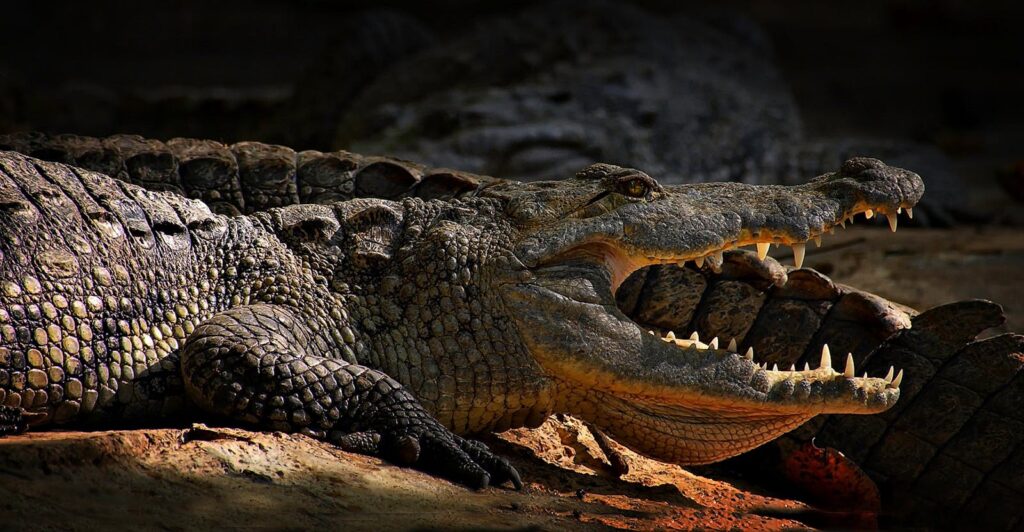
One of the most preventable alligator attacks occurred in July 2015 in Orange, Texas, when 28-year-old Tommie Woodward was killed after jumping into Adams Bayou despite clear warning signs and verbal cautions from witnesses. According to reports, Woodward’s last words before jumping into the water were “F**k that alligator,” displaying a tragic disregard for the dangers present. Moments after entering the water, Woodward was attacked by a massive 11-foot alligator that had been spotted in the area previously.
The attack was swift and brutal, with Woodward suffering severe trauma before drowning. His death marked the first fatal alligator attack in Texas since 1836. This case stands as a stark reminder of the importance of respecting wildlife warnings and understanding that alligators must always be treated as dangerous predators, not novelties to be challenged.
The Historic Case of Marisa Budzynski
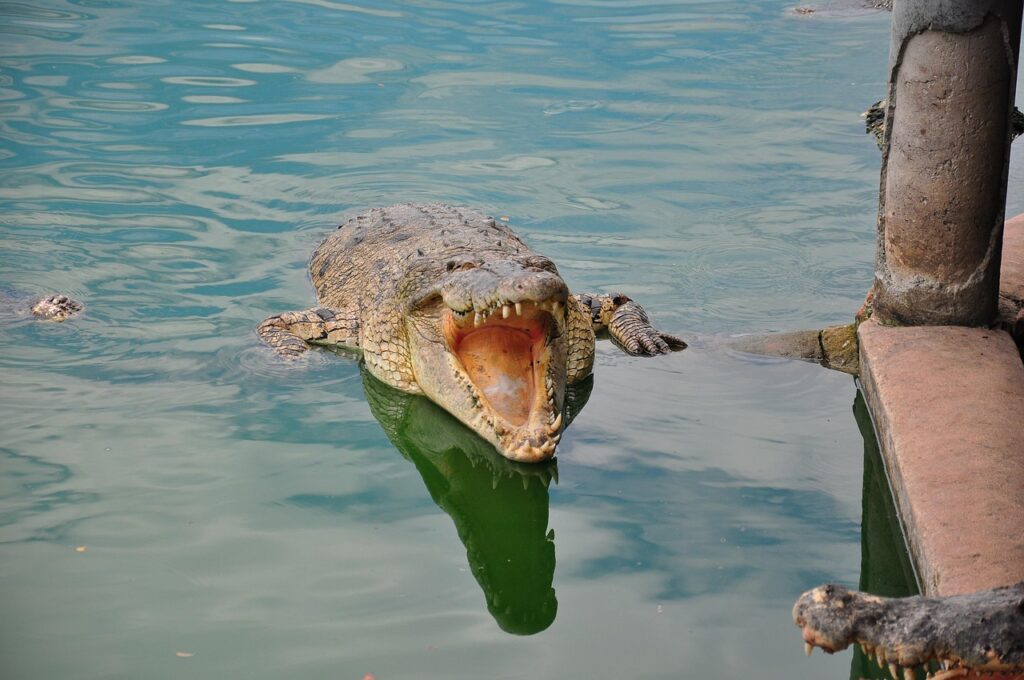
On May 9, 2001, 18-year-old Marisa Budzynski became the victim of a rare fatal alligator attack in a residential area of Sanibel Island, Florida. The teenager was swimming in a canal behind a friend’s house at dusk when she was attacked by a 7-foot alligator. Despite immediate efforts to save her, Budzynski succumbed to her injuries. What makes this case historically significant is that it occurred during a period when fatal alligator attacks were becoming more frequent in Florida, leading to increased research and public education about alligator behavior.
Wildlife biologists noted that the attack occurred during alligator mating season, a time when male alligators become more aggressive and territorial. This tragic incident helped shape modern alligator management policies and contributed to the development of more comprehensive warning systems in residential areas with known alligator populations.
The Unprecedented Attack on Gloria Serge
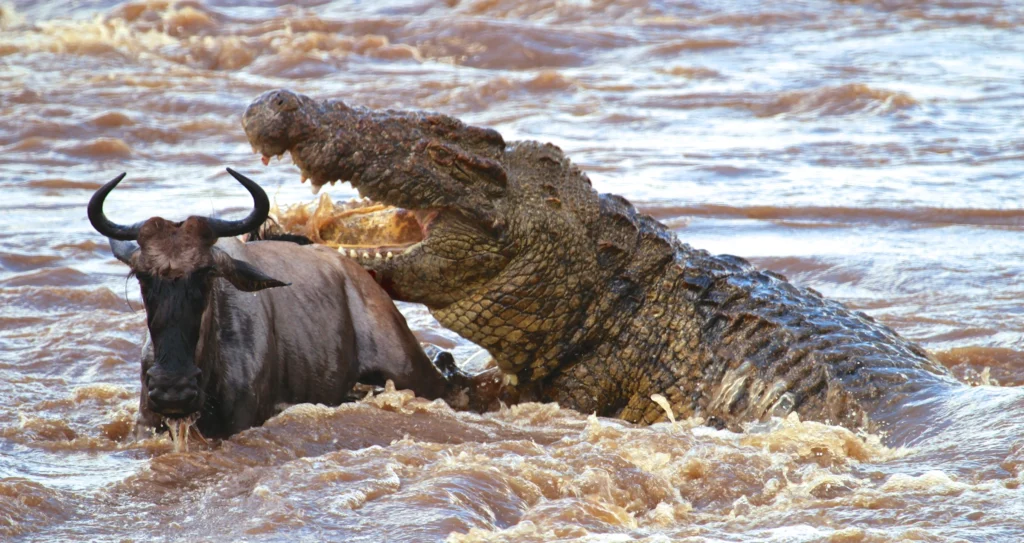
In February 2023, 85-year-old Gloria Serge fell victim to a shocking alligator attack while walking her small dog near a retention pond in Spanish Lakes Fairways, a senior living community in Fort Pierce, Florida. Security camera footage captured the horrifying moment when a nearly 11-foot alligator lunged from the water, grabbing Serge and dragging her beneath the surface as she attempted to protect her pet.
Despite a neighbor’s brave attempts to rescue her by throwing a rope, Serge could not be saved. Wildlife officials later captured and euthanized the alligator. What makes this case particularly notable is that it was captured on video, providing rare documentation of how quickly and unexpectedly alligator attacks can occur. The footage has since been used in educational materials to show how alligators can remain nearly invisible at the water’s edge before striking with incredible speed.
The Devastating Loss of Jacob Wetterling
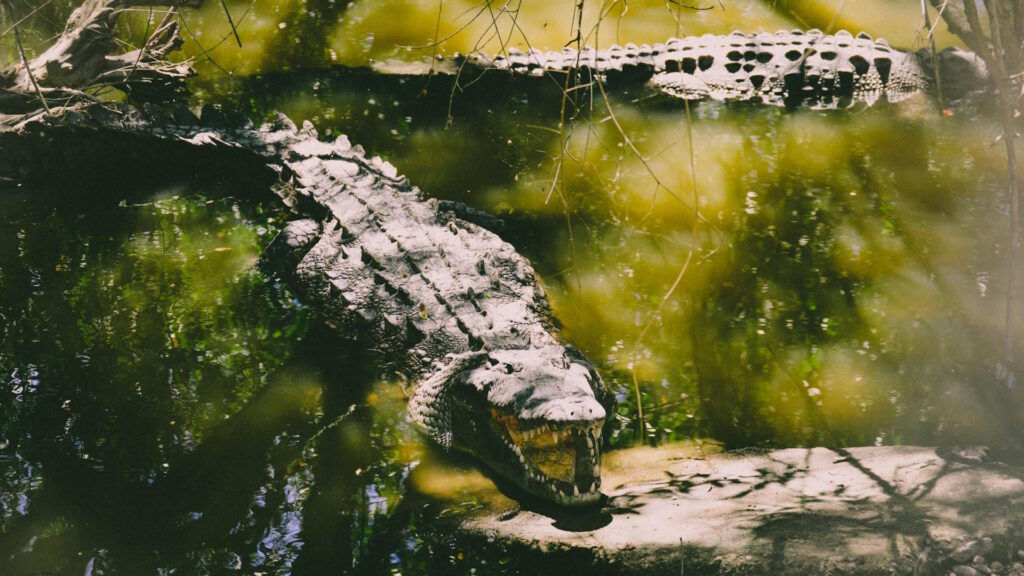
In September 2016, 6-year-old Jacob Wetterling suffered a fatal alligator attack while fishing with his grandfather at a private pond in Louisiana’s Beauregard Parish. According to witnesses, the child was standing in shallow water collecting minnows when a large alligator estimated at 11 feet long attacked without warning. Despite his grandfather’s immediate response and attempts to fight off the predator, the boy was pulled underwater. Recovery teams later found Jacob’s body in the deeper section of the pond, and the alligator was subsequently captured and destroyed.
This heartbreaking case highlights the particular vulnerability of children around alligator habitats due to their small size and unpredictable movements. Following this tragedy, Louisiana wildlife officials intensified their public education campaigns, particularly targeting areas with intergenerational outdoor activities like fishing, which often bring children into proximity with potential alligator habitats.
The Fateful Morning of Rose Marie Wiegand
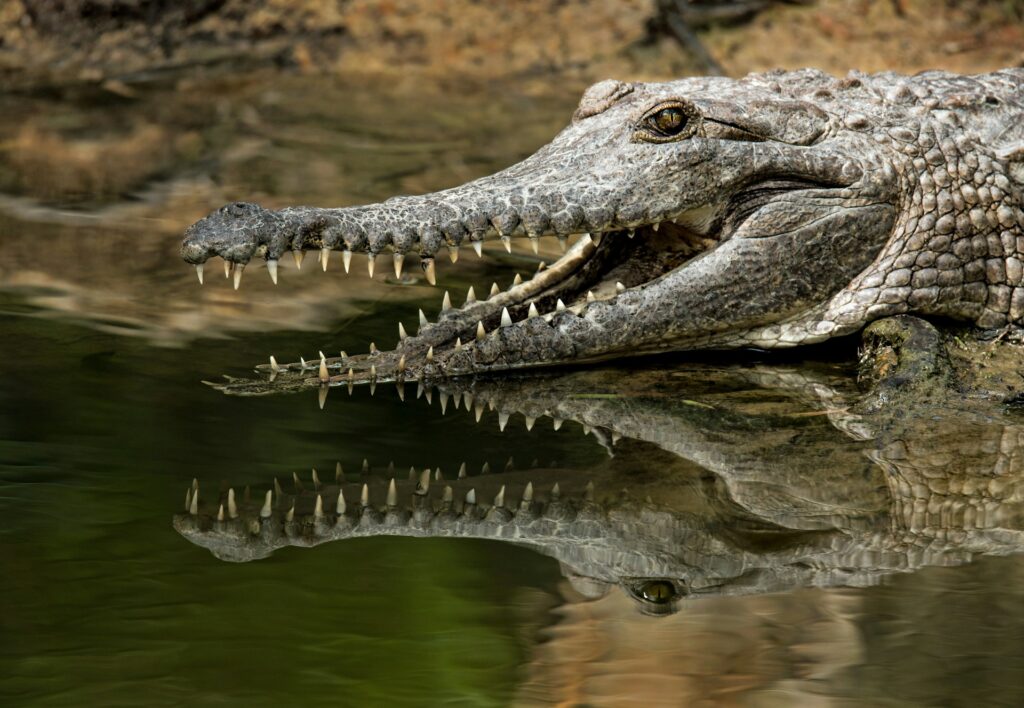
In a shocking incident in May 2023, 85-year-old Rose Marie Wiegand lost her life to an alligator attack while walking her dog along a canal in St. Lucie County, Florida. Witnesses reported that Wiegand was attempting to protect her dog when a large alligator, later measured at 10 feet 11 inches, attacked her and dragged her into the water. Despite rapid response from emergency services, Wiegand could not be saved. The Florida Fish and Wildlife Conservation Commission (FWC) later captured and euthanized the alligator responsible.
This case gained national attention not only for its tragic outcome but also because it occurred in a residential community where many residents were unaware of the potential danger, despite living in close proximity to alligator habitats. Following Wiegand’s death, the community implemented additional warning signs and educational programs to increase awareness about safely coexisting with wildlife.
The Swift Attack on Yovy Suarez Jimenez
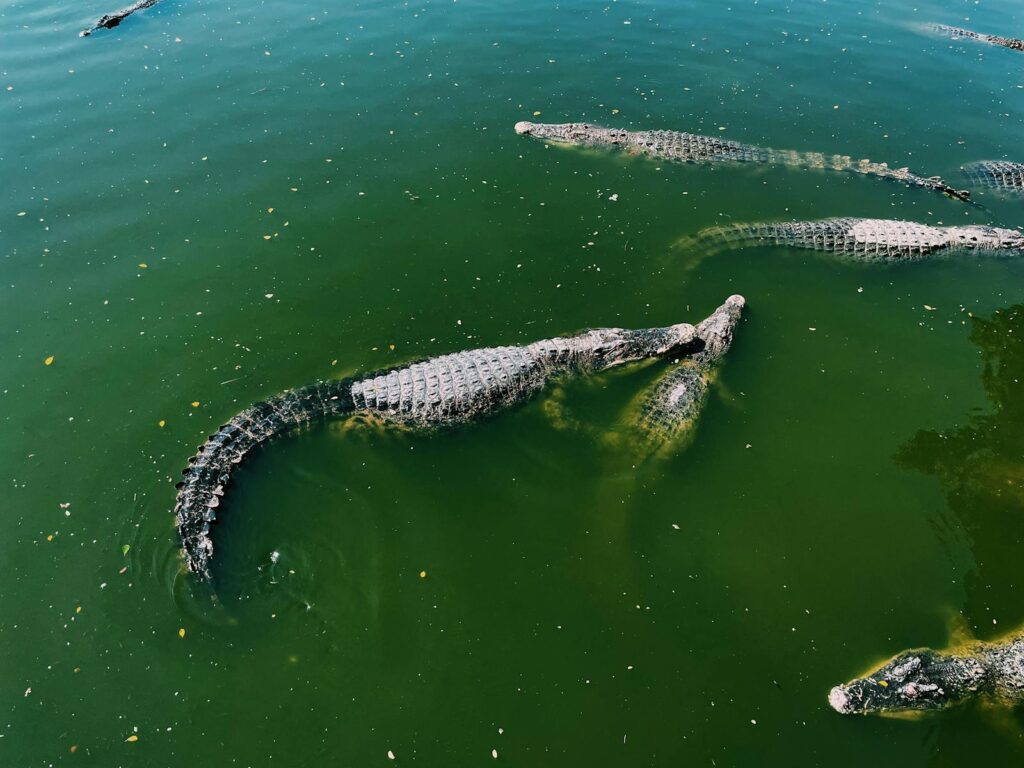
In May 2006, 28-year-old Yovy Suarez Jimenez became the victim of a particularly disturbing alligator attack in Sunrise, Florida. Jimenez had been jogging along a canal when a large alligator pulled her into the water. Her body was discovered the next day with evidence of an alligator attack, including a severed arm. Based on the investigation, wildlife officials determined that Jimenez had likely been resting or kneeling near the water’s edge when the attack occurred.
The 9-foot alligator believed responsible was later captured and euthanized. This case stands out because Jimenez was not swimming or wading but was attacked while on land near the waterway. The incident prompted Florida wildlife officials to emphasize that people should maintain a distance of at least 15-20 feet from water edges in areas known to harbor alligators, especially during the spring and summer months when the reptiles are most active.
Lessons Learned and Safety Precautions
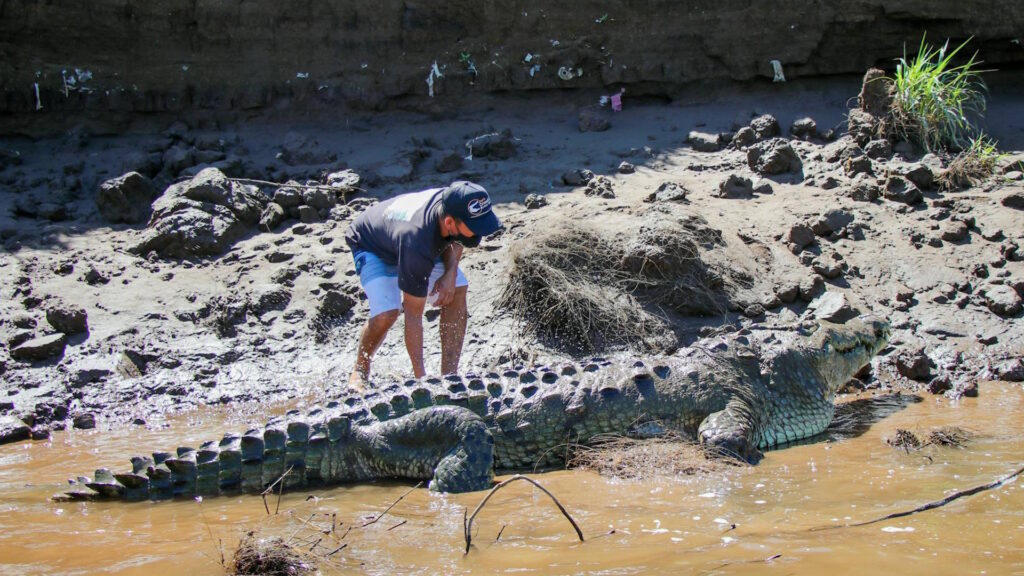
The tragic incidents detailed in this article underscore several crucial safety lessons for coexisting with alligators. First and foremost is the recognition that any body of water in alligator territory—from Florida to Texas and throughout the southeastern United States—has the potential to harbor these predators. Experts strongly advise against swimming in freshwater bodies during dawn, dusk, or nighttime hours when alligators most actively feed. Pet owners should keep dogs and other animals on leashes and at least 10 feet from water edges, as alligators are naturally attracted to smaller animals that resemble their prey.
Additionally, creating physical barriers between residential areas and waterways, installing clear warning signs, and educating communities about alligator behavior have proven effective in reducing dangerous encounters. Perhaps most importantly, alligators that show no fear of humans or that approach people should be reported immediately to wildlife authorities, as these animals often represent the highest risk for potential attacks.
Conclusion
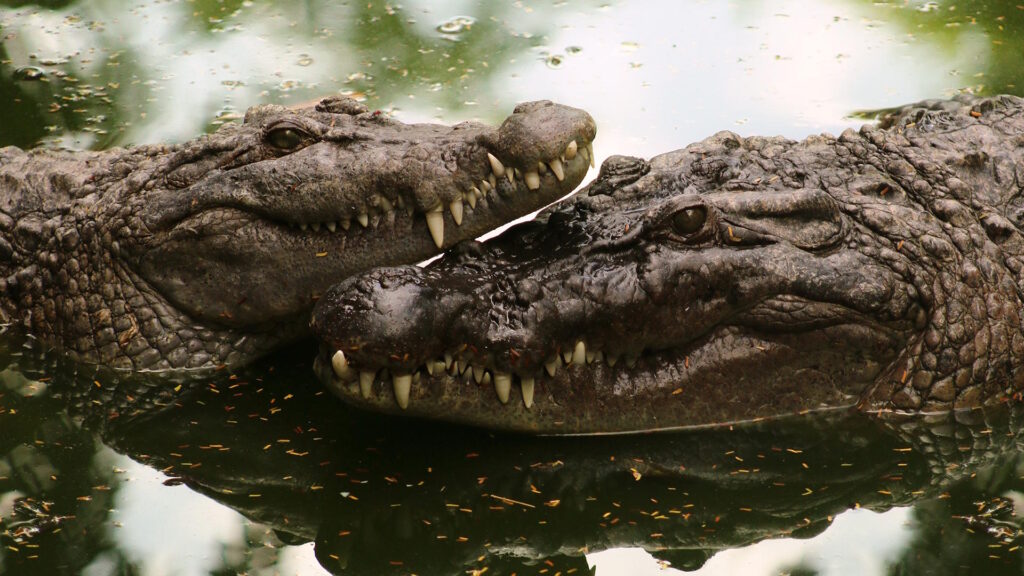
In conclusion, while fatal alligator attacks remain statistically rare, their often shocking and violent nature commands our attention and respect. These powerful predators have earned their place at the top of their ecosystem through millions of years of evolutionary adaptation.
By understanding the circumstances of past attacks, respecting wildlife warnings, and employing common-sense precautions, we can minimize the risk of dangerous encounters and peacefully coexist with these remarkable prehistoric survivors. Rather than approaching these incidents with sensationalism, we should view them as important learning opportunities that can help protect both humans and alligators in the shared environments we inhabit.

